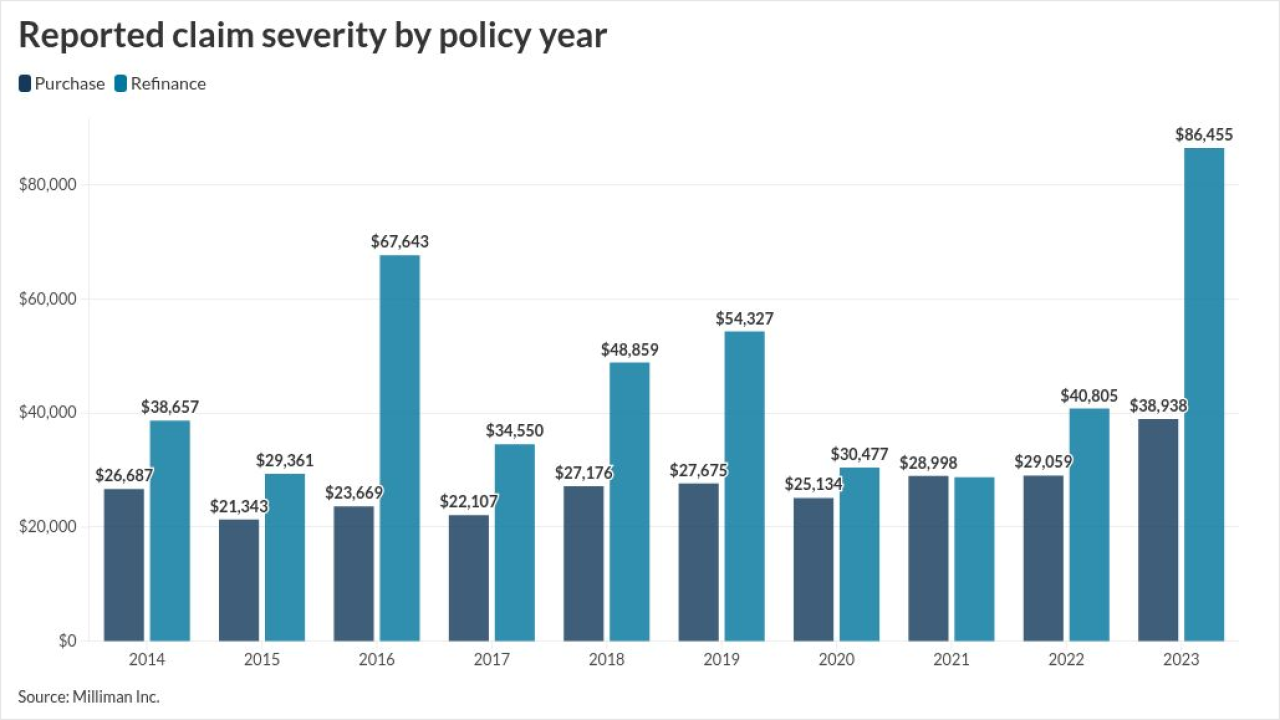Coastal habitats, coral reefs and mangrove swamps, reduce flood losses, according to a new
The study suggests insurers work with stakeholders to support ecosystem preservation by integrating the benefits of nature into risk assessments.
Gillian Rutherford, head of sustainability markets at Swiss Re, said in a statement shared with Digital Insurance:
"The insurance industry can play an important role in supporting the preservation and upkeep of ecosystems. Incentives are aligned here, and as this study clearly shows, we have skin in the game. By leveraging data on coral reefs, mangroves and salt marshes, re/insurers can integrate the benefits of nature into risk assessments, deploy solutions to indemnify coastal habitats in the face of natural disasters, and guide investments into nature-based solutions. Such forms of coastal protection can contribute to more resilient properties and communities and to their insurability."
The study includes an analysis of flood insurance claims from OpenFEMA data from the National Flood Insurance Program for flood events in Florida from 2009 to 2022. Swiss Re Institute (SRI) analyzed the claims data with its SRI Biodiversity and Ecosystem Services index to isolate risk
Read more:






